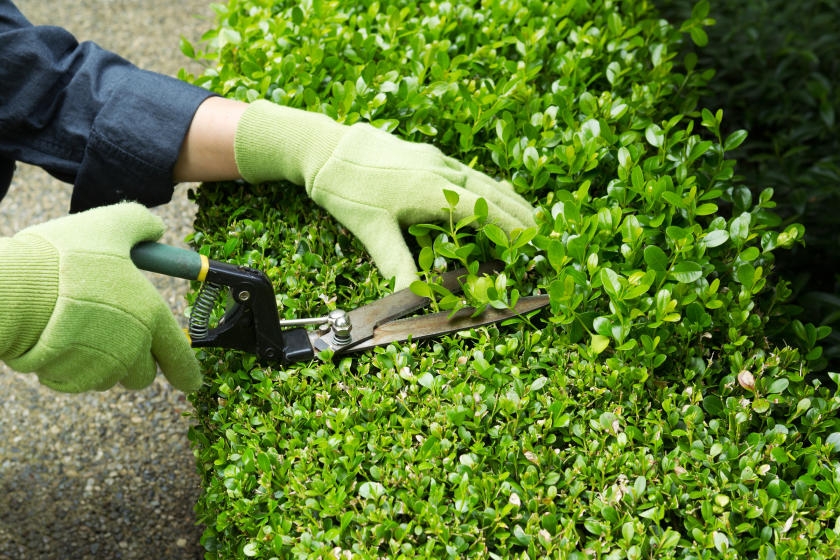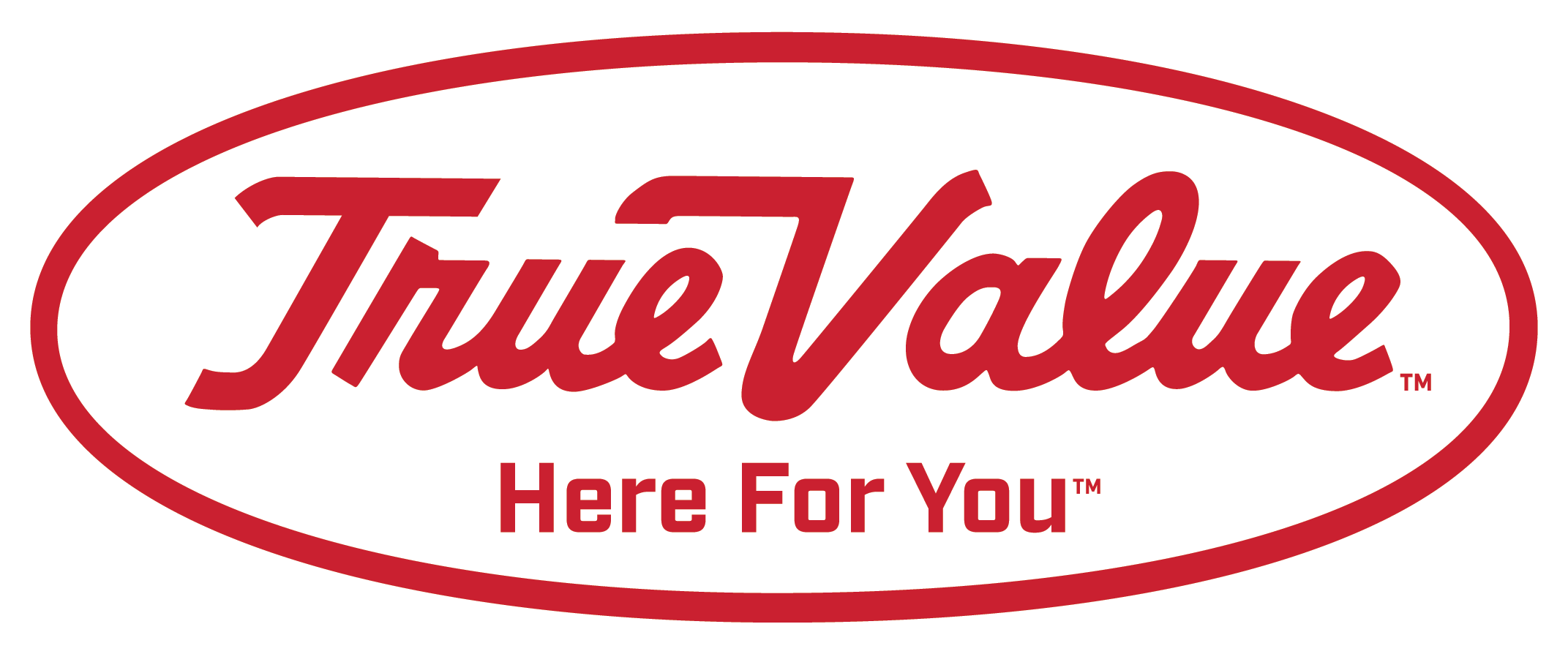Cutting back tree and hedge growth keeps plants healthy, fosters growth and makes for a more attractive landscape. To get the best results, you should first understand the whys, whens and hows of trimming foliage for best results. Keep reading to learn more.
Why and When You Should Prune
Knowing when to prune and why you should is crucial for tree and hedge health, growth and appearance. Different plants often require particular pruning times and methods for optimum benefit. Before doing any trimming, do some research on the particular plants you want to cut back to be sure you’re not doing more harm than good.
Pruning trees and shrubs helps to maintain safety for your family, home and neighbors. You should remove branches that have the potential of breaking off and falling, which can cause damage or injury. It is also a good idea to remove branches that are too close to your neighbors’ homes and low-hanging branches that prohibit pedestrian traffic and clearance for power lines.
Safety Alert!
If you have to remove a large branch from a tree, carefully assess your experience in removing large tree limbs. They can be extremely heavy and if not done properly, potentially cause serious injury or property damage. If you need professional assistance, call a local arborist.
Hedges and shrubbery can often block lines of sight for passing vehicles or when you’re trying to back out of your driveway. Keep them orderly and neat so that visibility is at a premium.
Pruning also alters or directs growth the way you want it. You can influence the direction and amount of growth by pruning. This is especially helpful in training young trees to grow and to develop strong branch structure, as well as shape them. With shrubs, you can prune closely planted plants to form a hedge. Unwanted growth, wayward branches and growth density can be altered by trimming. If foliage is growing too densely, it can affect other parts of the plant. Thin it out to keep the plant healthy. Remove any branches that are growing in toward the trunk or any that are rubbing against other branches. Thinning out a tree’s canopy is beneficial because it increases the amount of light that can reach the most leaves and it reduces wind resistance on the tree during high winds and storms. This can help decrease the chance of branches breaking and crashing down.
Keep in mind that dead or diseased growth can and should be removed at any time of the year. Cut it as soon as you see it.
Trees
You should trim deciduous trees when they become dormant, which is indicated by leaves dropping and no new buds forming. This can happen in late fall, but often winter is the best time to prune most deciduous trees (fruit, flowering and shade trees) because they’re completely dormant in winter. It also helps to see the tree without leaves so you can make more informed cuts. However, there are exceptions. Late fall is a great time to prune elm, maple, dogwood and birch trees. These trees often ooze sap when pruned in late winter or spring, which can be messy. These trees should not be pruned in spring. This protects the trees from potential disease and insect infestation. Oaks should never be pruned in spring or early summer because it makes them susceptible to disease. Apple trees should not be pruned in spring or summer because they can be afflicted with a bacterial disease called fire blight. Coniferous trees, such as pines, junipers, cedars and firs are usually best pruned in spring or early summer, but really can be trimmed any time of the year.
Helpful Tip
If you’re not sure about a tree’s pruning requirements, ask for help at your local True Value hardware store or contact a local nursery or cooperative extension center for advice.
Shrubs
It is helpful to know the bloom cycles of your plants. Flowering shrubs should be pruned according to when they bloom. If they bloom before the end of June, they should be pruned as soon as they have flowered. If they flower after June, the best time to prune them is in late winter or early spring. Evergreen shrubs should be pruned in early spring to early summer, as you would with their evergreen tree counterparts. Cut only the new growth. Many coniferous evergreen shrubs require pruning only in their first couple of years to help them keep the desired shape.
Helpful Tip
For some shrubs, a two-step pruning approach of dormant and summer trimming often yields good results.
How to Prune Trees and Shrubs
There are basically three primary types of pruning cuts: thinning cuts, reduction cuts and heading cuts. Each cut gives a different result in growth and appearance:
- Thinning Cuts – A thinning cut removes a small branch back to a larger “parent” branch or the trunk. As the name implies, these cuts thin out or reduce canopy density which allows more light to reach leaves on the inside of the canopy and also reduces the load on large branches. Thinning cuts are ideal for shaping small trees and shrubs.
- Reduction Cuts – A reduction cut involves cutting a larger branch back to a side branch that is smaller in diameter. This type of cut is ideal for training a young tree because it reduces the size. But keep in mind that it also can also leave the branch with a weak defense against decay. Young trees fare better than older trees when it comes to healing from a reduction cut. Reduction cuts are good for reducing tree canopy size to make way for utility lines and prevent safety hazards.
- Heading Cuts – This type of cut is the removal of a growing branch tip, which results in denser growth at the point of the cut because heading stimulates the buds just below the cut. With shrubs and hedges, heading is synonymous with shearing, which is how a hedge is shaped. Shearing stimulates shrub buds to produce new, denser growth.
Generally, when pruning, a standard rule is you should always make your cut in a location where there will be growth, such as next to a bud or a branch. If you cut a branch beyond where growth will occur, the tree or shrub might not be able to “scar” and heal over the cut, leaving the branch vulnerable to disease and insect infestation. This can kill the entire branch back to the next closest branch or bud, if not the whole tree. Remember to keep all cuts as smooth as possible since this will aid in healing. Try to make all cuts at a 45-degree angle so that the lowest point of the cut is situated just below tip of the growth bud. Also, remember to keep the branch collar intact (where trunk tissue overlaps with branch tissue) so that the cut heals properly. Don’t cut a branch flush to the trunk. It’s the collar or enlarged base of a branch that produces the hormones to help heal wounds, so it’s important to keep the collar intact. Always cut just beyond the collar.
When pruning large limbs, always undercut first—cut from the bottom up, one-third of the way through the limb, then finish by cutting from the top. The undercut keeps the limb from splitting and breaking off, preventing damage to the trunk.
Helpful Tip
Sterilize your tools with an antibacterial aerosol spray or a solution of bleach and water before and after you’re done using them. This will decrease the chances of spreading any plant disease caused by bacteria or fungus.
Use the Right Tools
To make the job easier and to do it correctly, you need the right tools. Depending on plant type, branch diameter and height, you will need one or all of the following: hand pruners, loppers, pole pruners, pruning saws, and hedge shears.
- Hand pruners – There are basically two main types of hand pruners: anvil and bypass. Anvil pruners have a sharp blade that cuts against a flat anvil. Ideal for cutting dead limbs and dry branches. Bypass pruners have a scissors-type action with curved blades that make cleaner cuts than anvil pruners. These are good for precision cutting around buds and tender areas on the plant and for “green” and growing limbs. They are also well-suited for thinning out hedge shrubbery.
- Loppers – Loppers are basically long-handled hand pruners with either bypass or anvil action. Loppers work well when you need a little more reach and leverage, and they’re good for cutting thicker branches (usually up to 2″ in diameter).
- Pole pruners – These are ideal for high, overhead cutting without the need for a ladder. They use a rope and pulley system to make cuts to upper-level branches in a tree’s canopy while the operator stands with both feet still on the ground.
- Pruning saws – Saws are ideal for larger branches that pruner or lopper blades cannot close upon. Pruning saw blades can be curved or straight; either works well. Note that the more teeth the blade contains, the more precise the cut will be. Large-toothed saws should be used for the largest limbs. Bow saws are good for making precise and fast cuts on large branches. In extreme cases, you can also use a chainsaw. As stated previously, if you’re cutting large, heavy branches, be sure you take into consideration all safety issues. When in doubt, call a professional.
- Hedge Shears – Just what you need to shape and trim shrubs and hedges. For large-sized hedges or to make quick work of pruning shrubbery, consider power shears. Power shears use either electricity or gas and can make the job quicker and easier.
Safety Alerts!
When using a pole pruner, wear safety glasses and a hard hat for protection against falling debris.
If you use power shears, follow all safety precautions and manufacturer’s instructions to avoid injury.
That’s it! You’re ready to start trimming away.
Project Shopping List
Here’s what you’ll need to complete this project successfully.
- Antibacterial aerosol spray
- Bleach (optional)
- Bypass pruners
- Loppers
- Pole pruners
- Pruning saws
- Hedge shears
- Safety glasses
- Hard hat












